The discovery of documents signed by the man who gave his name to Lord’s Cricket Ground has shed new light on early cricket.
The fascinating papers, found in Edinburgh, contain previously unknown material from over two hundred years ago signed by Thomas Lord, one of the most important figures in the history of English sport.
Lord was an entrepreneur who established and managed a private cricket ground in London, where in 1787 the Marylebone Cricket Club (the MCC) was founded. It was effectively the governing body of the game but as the club’s records were lost in a disastrous fire in 1825 there are few surviving records of those early years, let alone examples of Lord’s signature.
The treasure trove records the young Earl’s membership of the MCC and the expenses he incurred. In 1797, aged 25 and already a Member of Parliament, he joined the club and paid a subscription of two guineas. This was acknowledged by Lord:
Rec’d May 2nd 1797 of Earl Dalkeith, two guineas for his subscription to the Marylebone Cricket Club for this year. Thos Lord.
The second receipt from a year later is much more expansive, on two pages. The cover sheet reads:
Rec’d April 12th 1798 of the Earl Dalkeith, Seven pounds eight and six pence, for bill del’d. Thos Lord. £7-8-6.
To this was added four guineas for a match, and one guinea as a subscription to Nyren’s widow. This was a reference to the death in April 1797 of Richard Nyren, one of the game’s most prominent pioneers with the Hambledon club. He was clearly still held in high esteem despite having retired from cricket several years earlier and his widow Frances, whom he had married in 1758, was no doubt helped by the payments from club members as she lived on into her nineties with their son John, who made his name as a cricketing author.
The final receipt was issued three years later and indicates that, while the Earl may have been an avid cricketer, he was not so adept at paying his bills. It covers three seasons’ membership of the MCC:
Rec’d March 12 1801, six guineas of Earl Dalkeith for his sub’n to the Cricket Club for the years 1798, 99 & 1800, & half a guinea lent at Swaffham. Thos Lord. £6-16-6
That appears to be the end of the Earl’s active involvement in cricket, although he continued to be a keen sportsman in other fields. He was a member of the Royal Caledonian Hunt, a steward of Dumfries and Kelso Races, and Captain General of the Royal Company of Archers, the monarch’s bodyguard in Scotland which held regular archery contests. However, perhaps his greatest sporting legacy was to football, as in 1815 he acted as patron to the great Carterhaugh ball game on his estate in the Scottish borders. This is considered by many as the match which started football’s transition from disorganised mob game to the regulated sport we know today.
It was also his last sporting venture: in declining health, probably suffering from tuberculosis, he was sent by his physicians to Portugal to seek a warm weather cure. It was to no avail and he died there in 1817 within two months of his arrival, aged 46.
Thomas Lord’s name lives on at the world-famous cricket ground, although it is not the same one that the Earl of Dalkeith frequented at Dorset Fields. That had to be vacated when it was sold for development and the present site – the third to carry his name – opened in 1814, since when it has remained the spiritual home of English cricket.
The Buccleuch archive is held at the National Records of Scotland, collection reference GD224.
Images reproduced by kind permission of the Duke of Buccleuch and Queensberry KBE.
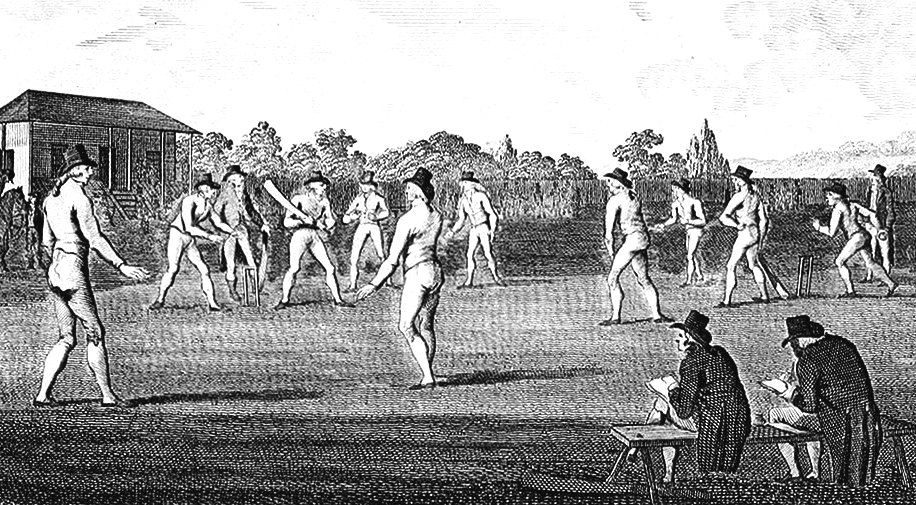

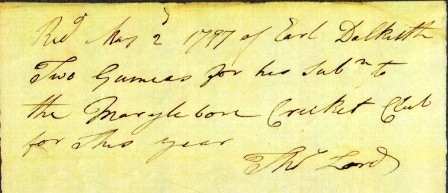
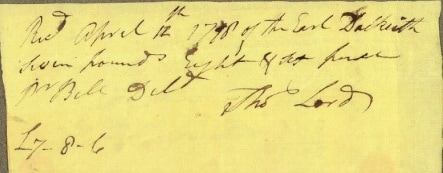
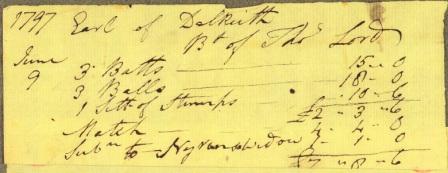
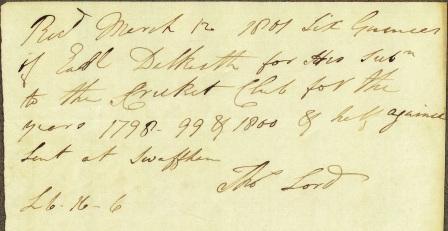
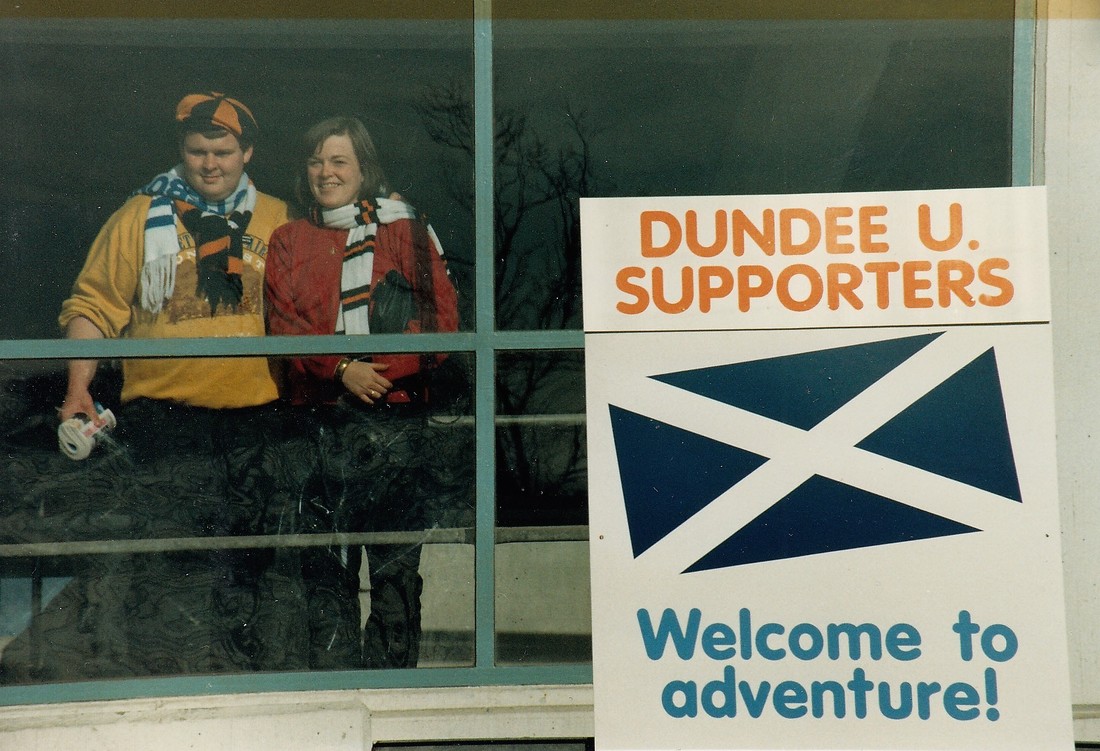
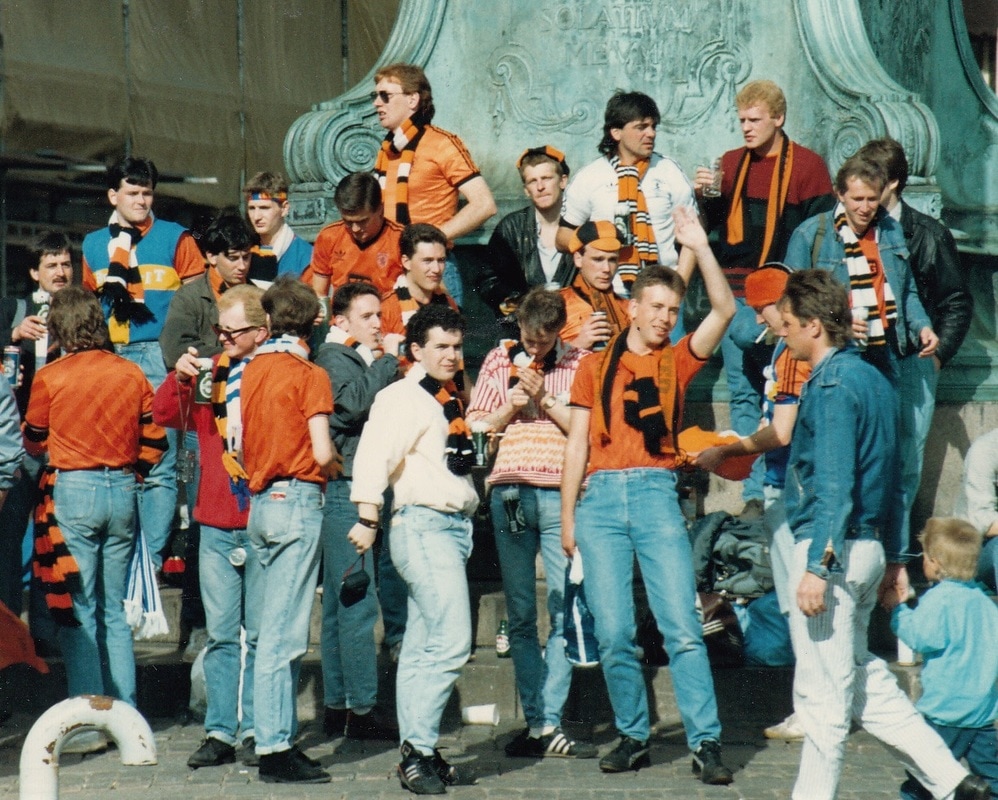

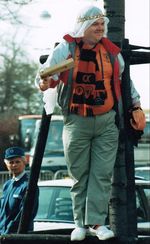
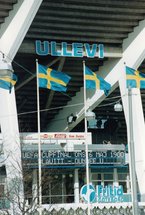
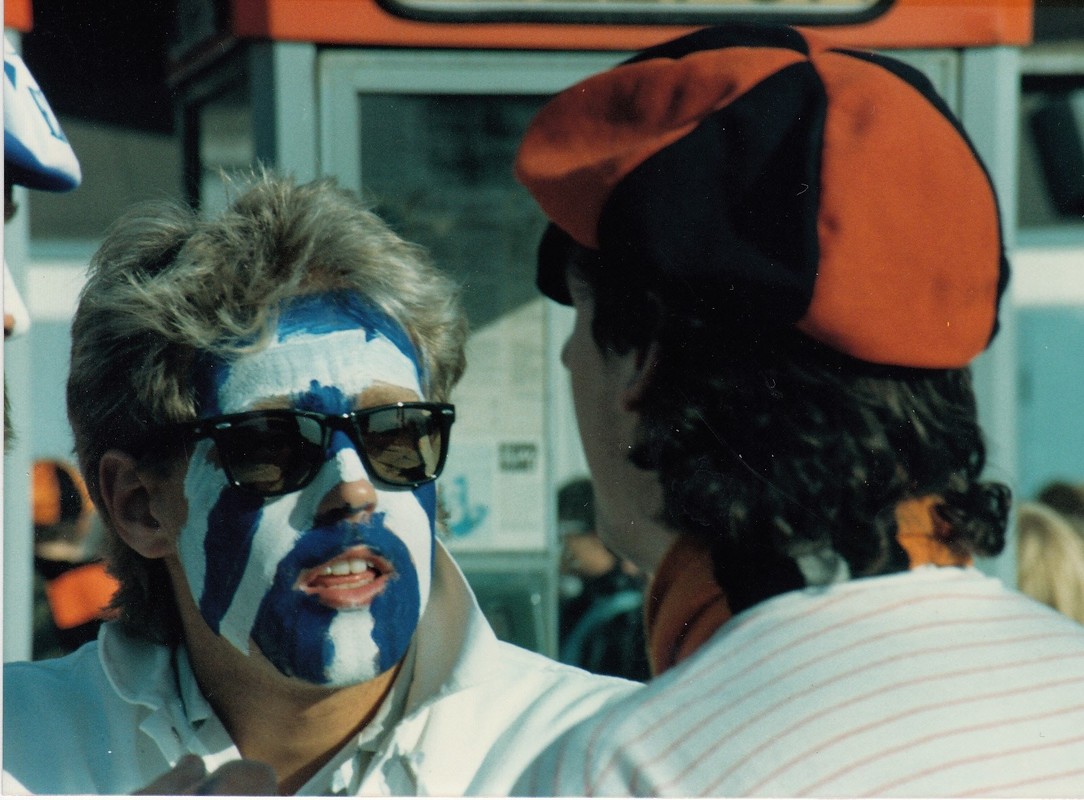
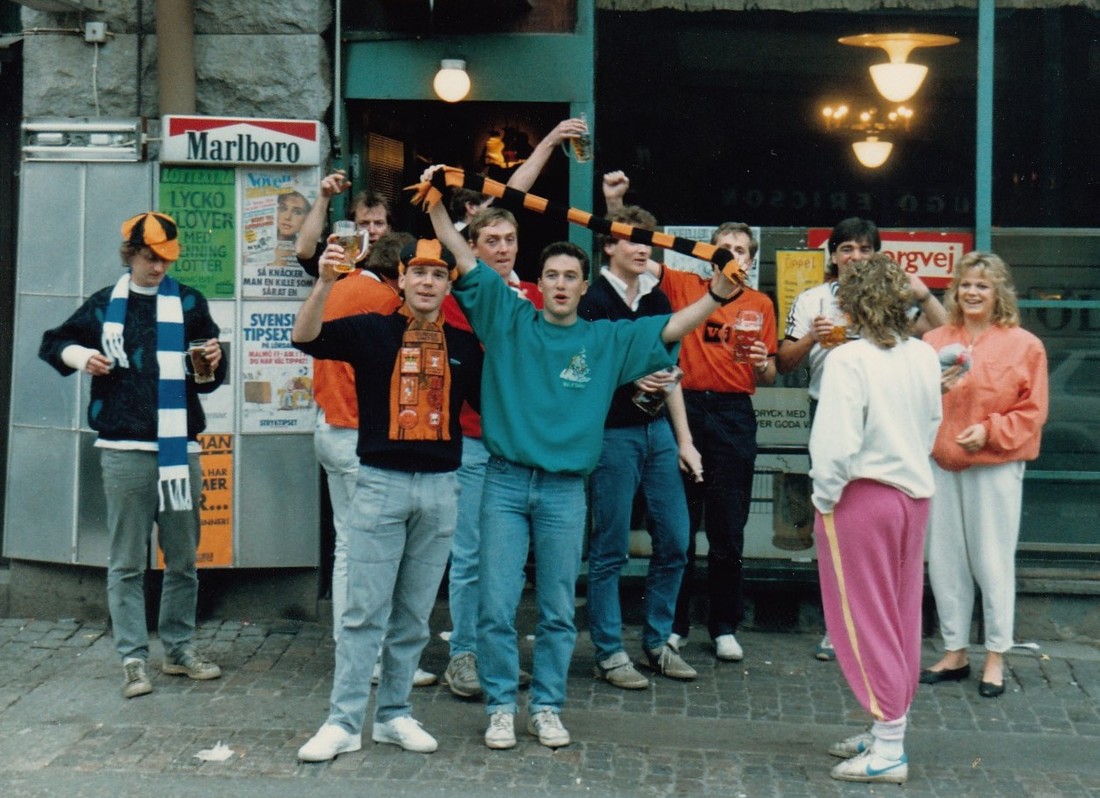
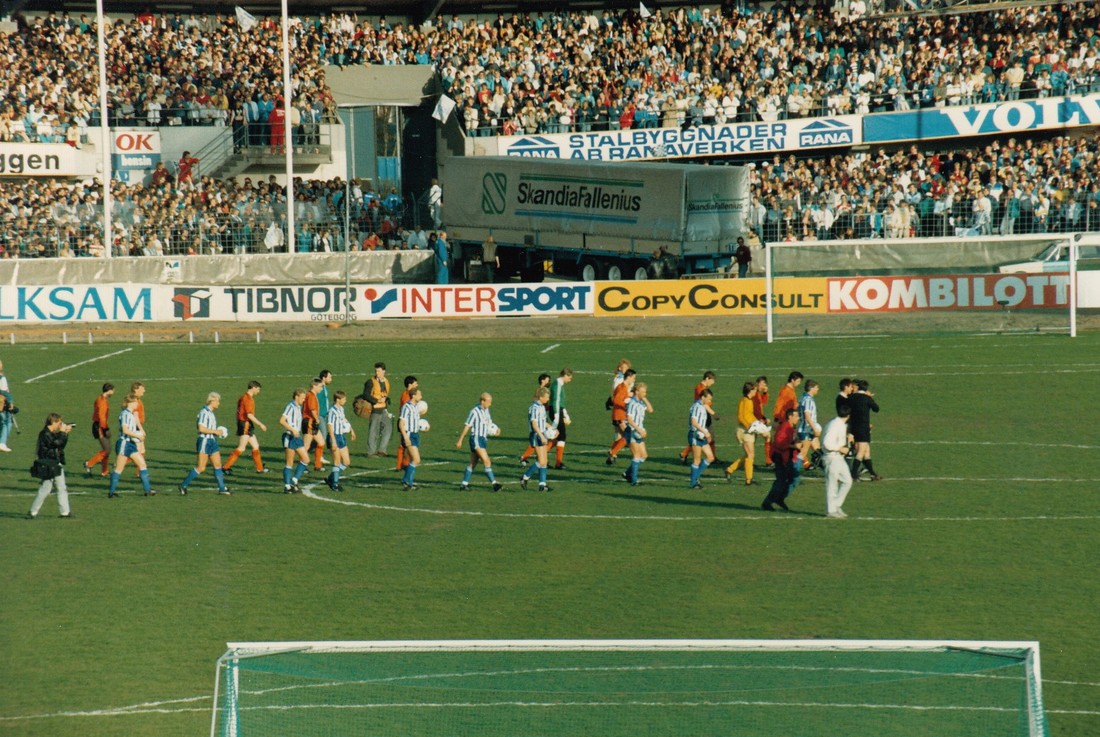
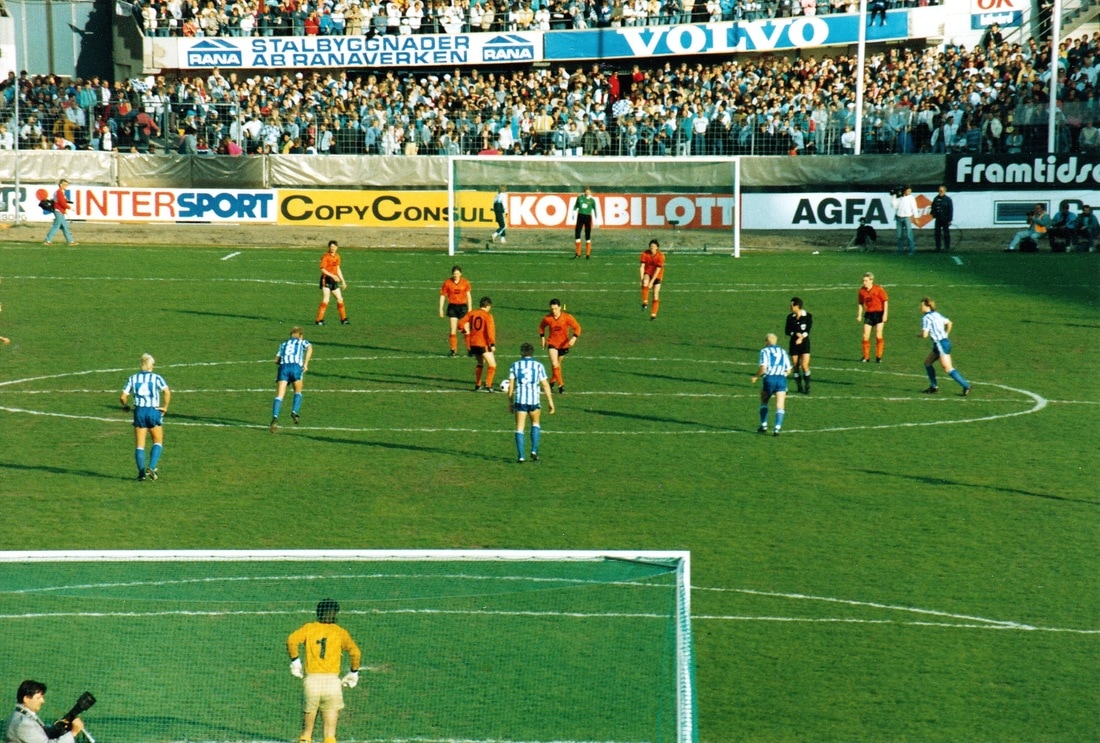
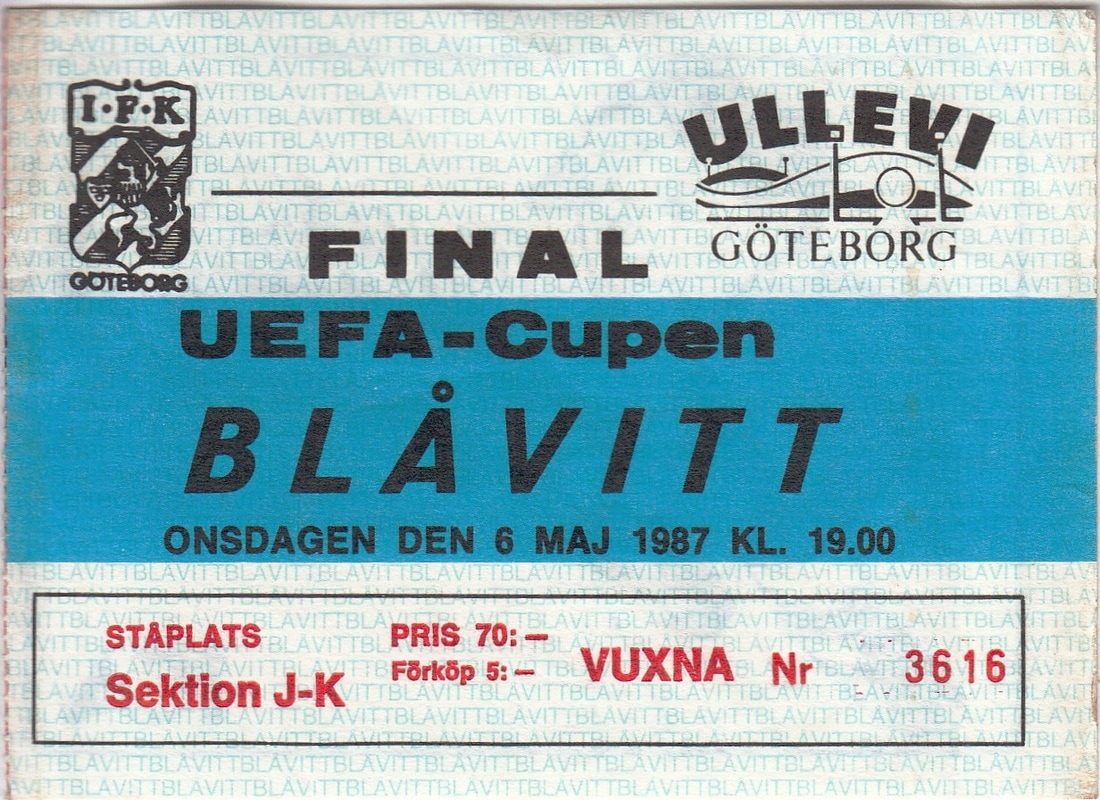
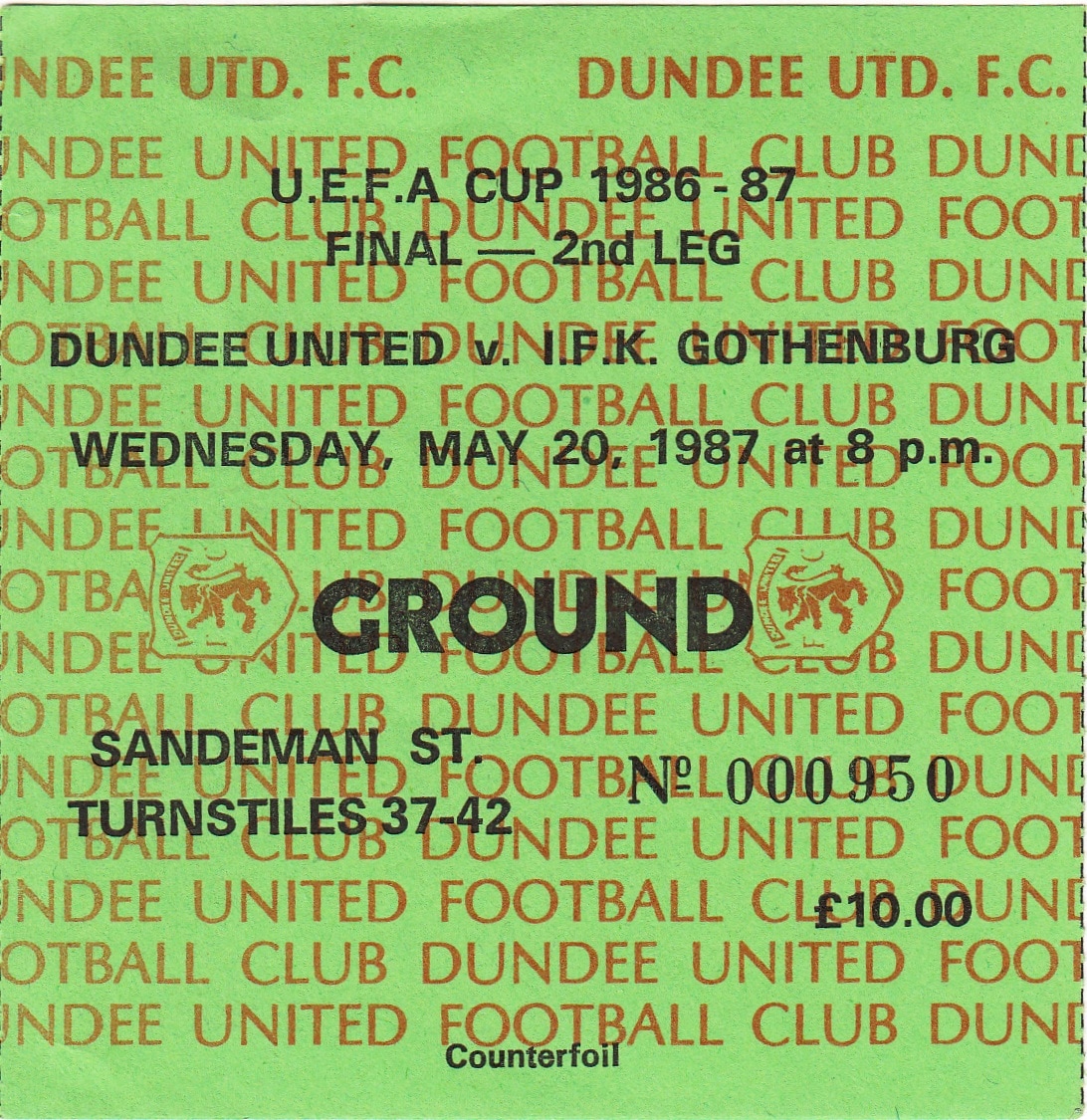

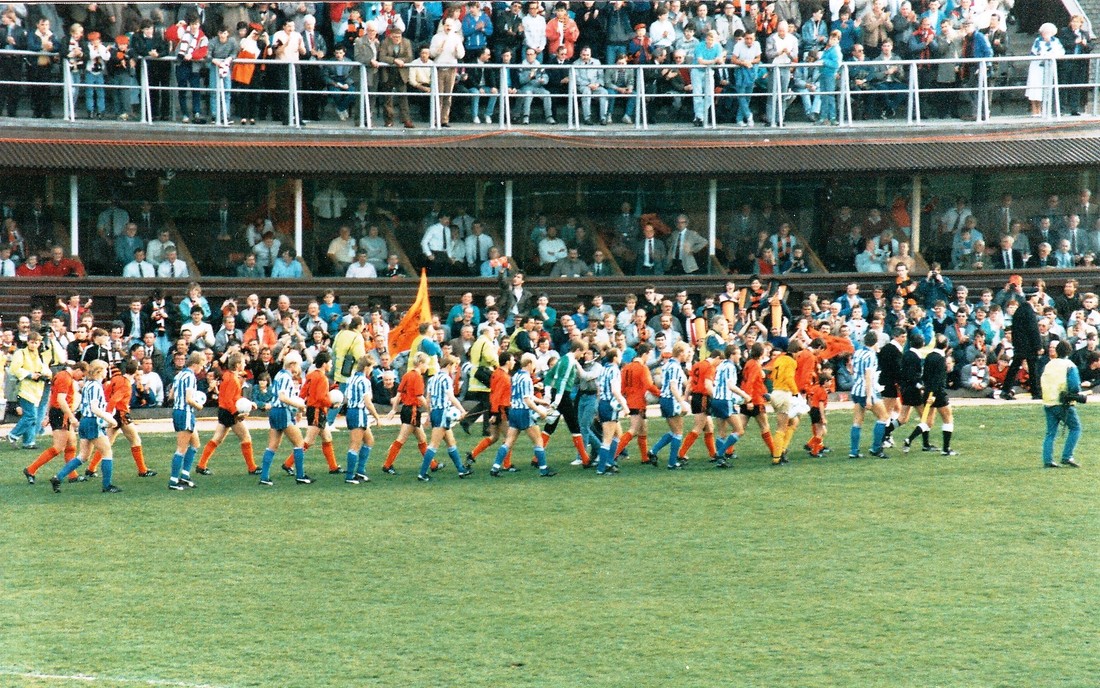
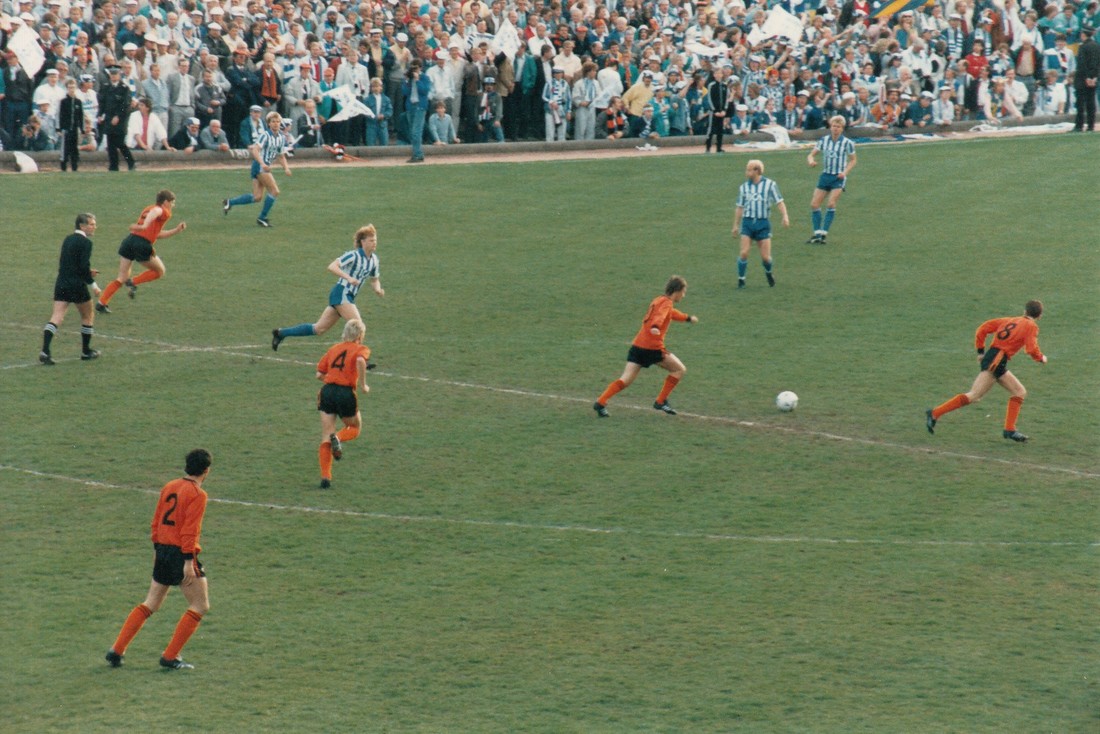
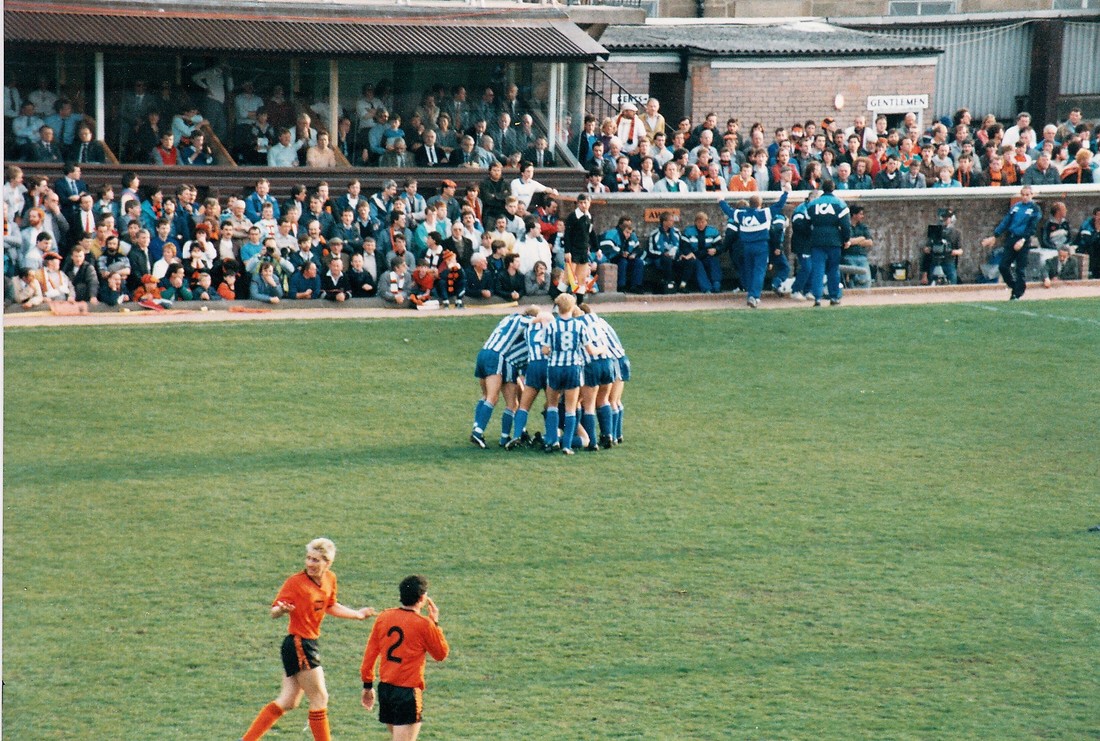
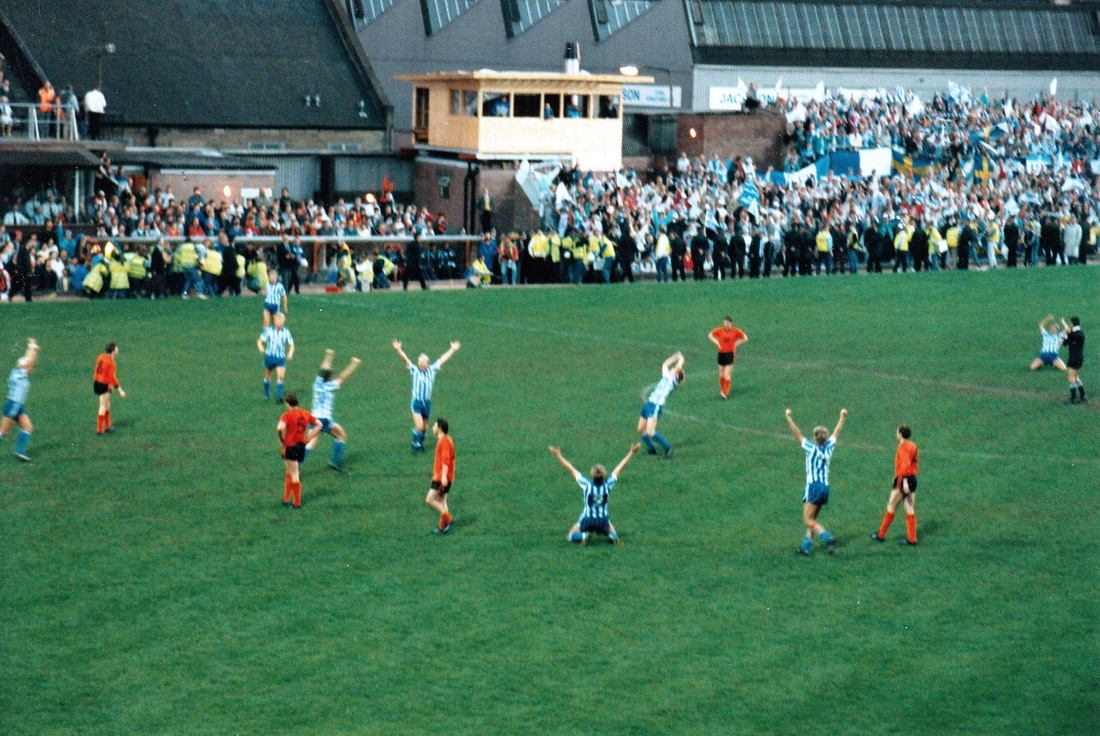
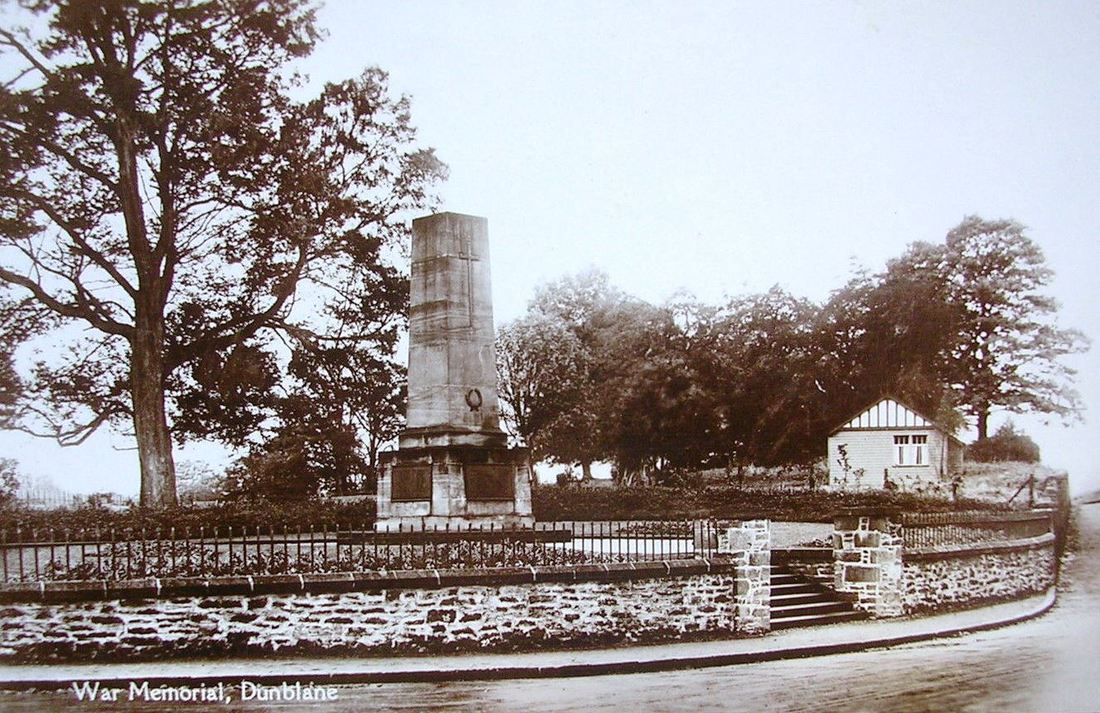
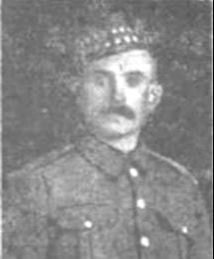
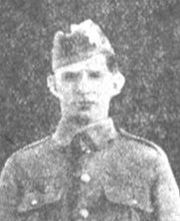
 RSS Feed
RSS Feed